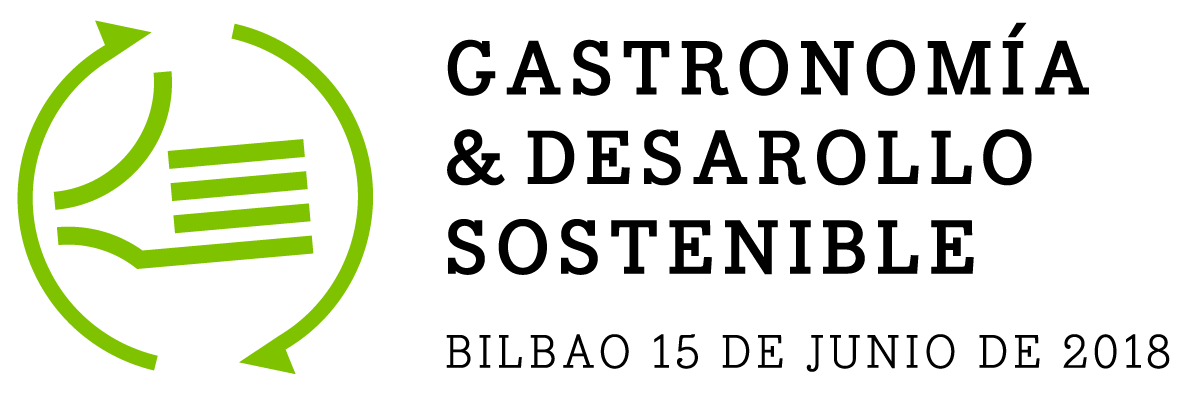The viticulture production in Biscay suffered at a late stage, the devastating scourge of the phylloxera, which did not reach the Biscay vineyard until the early years of the twentieth century.
This drastic loss of production capacity of our villages coincided with the industrial boom that, around steel, Basque industry was living, which made the abandonment of grape growing in our lands even greater.
For decades, the residual wine cultivation in Biscay remained thanks to the heart of many small owners who resisted giving up the ” home made” wine. They were times in which foreign varieties and farming techniques were introduced that had little or nothing to do with our lands, climate and culture.
Currently, the heart and the head of the wine growers walks hand by hand to restore the txakoli splendour, so they are again imposing native varieties, on which clonal selection work has been made and have allowed us to win not only on grape quality, but also in crops´ quality and environment.
The logic and weight of the inheritance that we wish to leave to the society means that every time we work harder on techniques such as sexual confusion to avoid the application of insecticides, to enhance the winter coexistence of livestock and vineyards, or the treatment of the skins resulting from the grapes pressing for subsequent reversion to the field in the form of ecological fertilizer.


